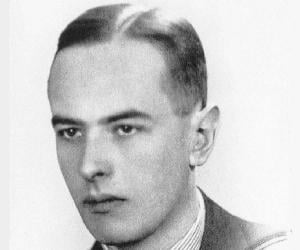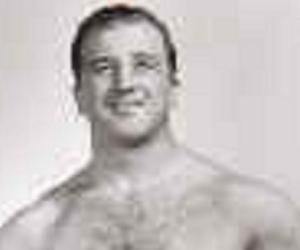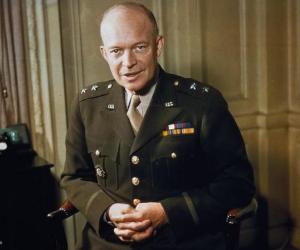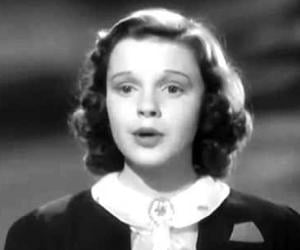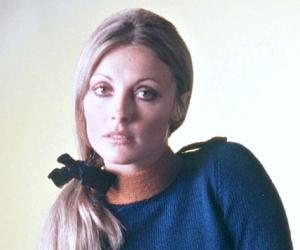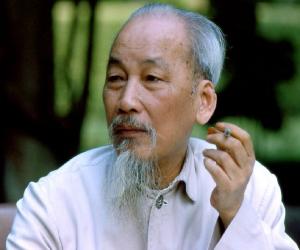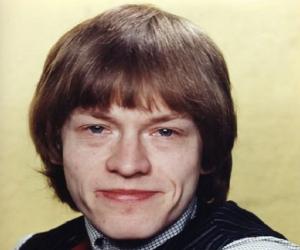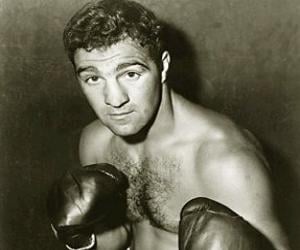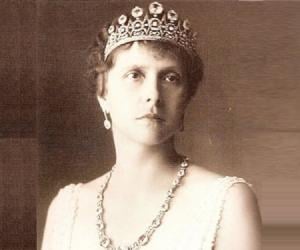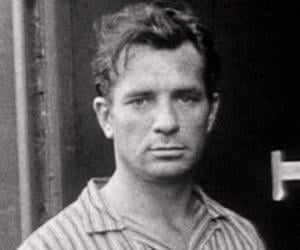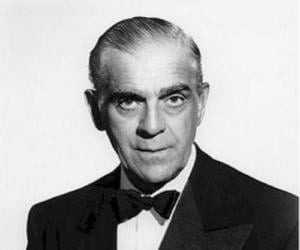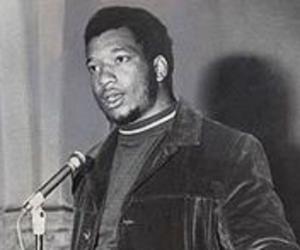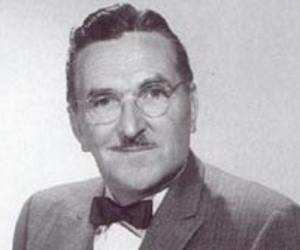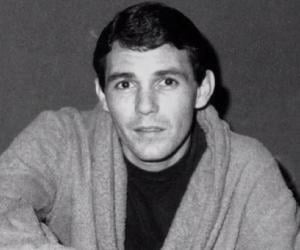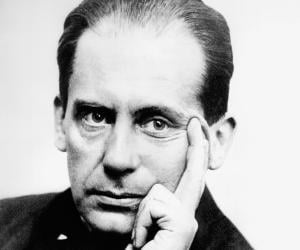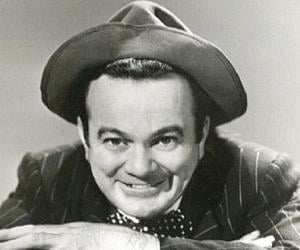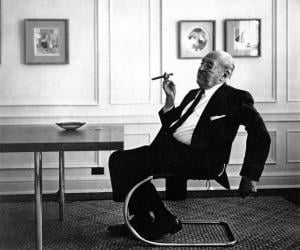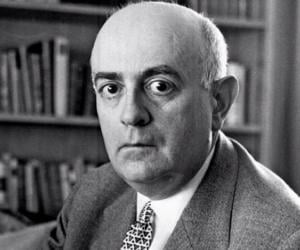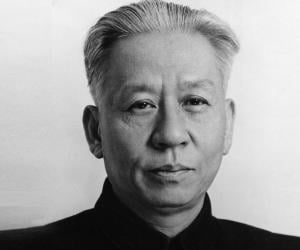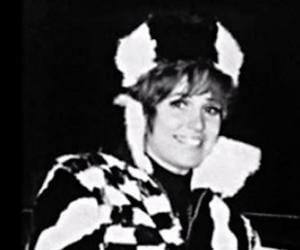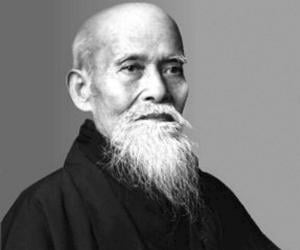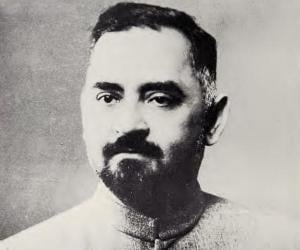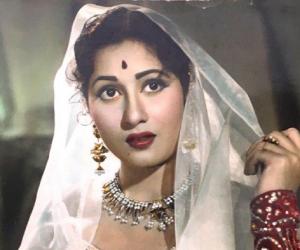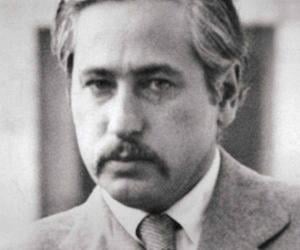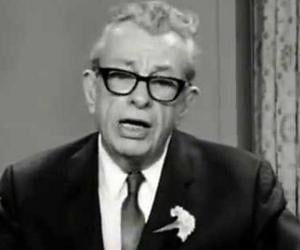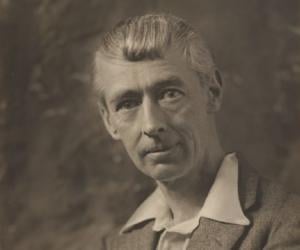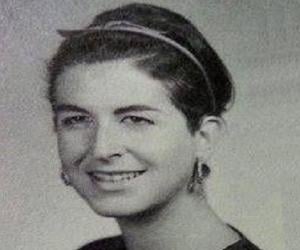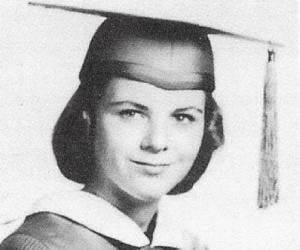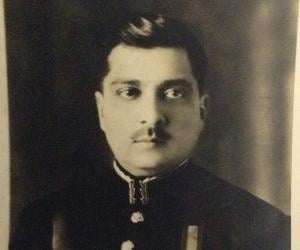The 34th president of the United States, Dwight D. Eisenhower held office from 1953 to 1961. An army officer During World War II, he was part of many successful operations. He signed the Civil Rights Act of 1957, and his two terms as president saw widespread economic prosperity in USA. He is ranked high among American presidents.
In the 1960s, Sharon Tate was one of Hollywood’s most promising actresses. She won a beauty pageant while still a teenager and soon started modelling and acting in films and television shows. Her big breakout film was Valley of the Dolls. At the age of 26, she was all set to welcome her first child when she was brutally murdered.
Brian Jones was an English musician credited with founding the world-renowned rock band, The Rolling Stones. He was also considered the original leader of the band before his fellow band members, Mick Jagger and Keith Richards, took over the musical direction of the band. Jones became the first member of the infamous 27 Club, when he died at age 27.
Princess Alice of Battenberg, the great-granddaughter of Britain’s Queen Victoria, became Princess Andrew of Greece and Denmark in 1903 after her marriage. During the Second World War, she sheltered Jewish refugees and worked for the Red Cross. She was posthumously named a ‘Hero of the Holocaust’ by the British government in 2010. She was the mother-in-law of Queen Elizabeth II.
Fred Hampton was considered an activist and a revolutionary socialist working for social change. He was the deputy chairman of the national Black Panther Party. He founded the Rainbow Coalition, aiming to help the Chicago street gangs to end infighting. The FBI considered him as a major threat and he was shot and killed in December 1969 during a raid.
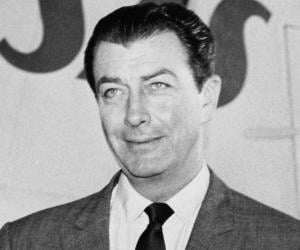
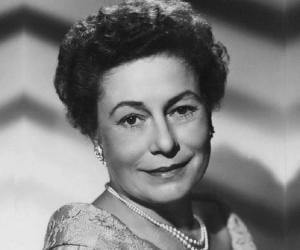
Thelma Ritter was an American actress best remembered for her comedic roles and strong New York accent. Ritter received six nominations for the prestigious Academy Award, three nominations for the Golden Globe Award, and one Emmy Award nomination. Ritter also won a Tony Award under the Best Actress in a Musical category for her role in New Girl in Town.

Walter Gropius was a German architect. Along with Ludwig Mies van der Rohe, Alvar Aalto, and Frank Lloyd Wright, he is regarded as a pioneer in modernist architecture. Gropius founded the Bauhaus School. The large-scale housing projects he designed in Berlin, Karlsruhe, and Dessau in the late 1920s and early 1930s became major contributions to the New Objectivity movement.
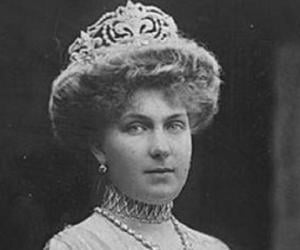
Ludwig Mies van der Rohe was a German-American architect. He is widely considered one of the many pioneers of modernist architecture. After emigrating to the United States, Mies worked on structures like the Promontory Apartments. He is best remembered for serving as the director of a popular German art school named the Bauhaus before its closure in 1933.
One of the most prominent intellectuals of the 20th century, Theodor Adorno was a pioneer of the Frankfurt School of Critical Theory and despised the culture industry. Born to a singer mother, the German sociologist grew up amid music and could even play Beethoven on the piano by 12.
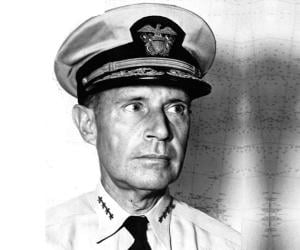
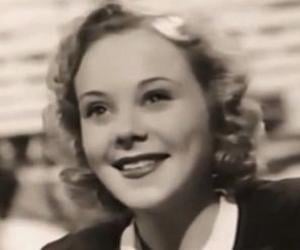
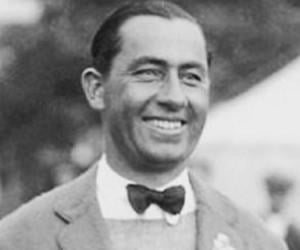
A major figure in the early-20th century international golf, American golfer Walter Hagen is often hailed as the father of professional golf for his contributions towards raising the stature of the game. The first golfer to earn one million dollars, he registered 58 wins including eleven major championships and made golf popular in the USA, with his flair and style.
Liu Shaoqi was a Chinese politician, revolutionary, and theorist. He served as the vice-chairman of the Chinese Communist Party from 1956 to 1966. From 1959 to 1968, he served as the Chairman of the People's Republic of China, implementing several policies of economic reconstruction in the country. For 15 long years, Liu was the third most influential man in China.
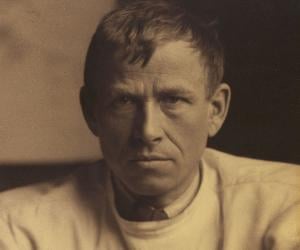
German painter, engraver and printmaker Otto Dix, counted among the most significant artists of Neue Sachlichkeit, is noted for his harsh and brutal depictions of war and severe situation of German society during the Weimar Republic. Some of his paintings, exhibited in Otto Dix House, which showcases materials on his life and work, include Selbstbildnis als Rauchern and Meine Freundin Elis.
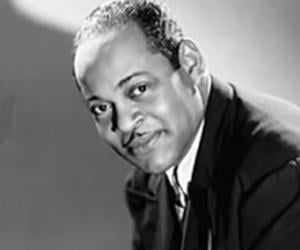
Morihei Ueshiba was a Japanese martial artist. Referred to as the Great Teacher, Ueshiba is credited with founding aikido, a martial art which is now practiced around the world. During the course of his career, Ueshiba set up many dojos, including the Aikikai Hombu Dojo, and taught several students, many of whom are celebrated martial artists in their own right.
Dr. Zakir Husain was the third President of India and was the first President to die in office . During his lifetime, he helped found the National Muslim University which was later renamed Jamia Millia Islamia. He was honored with India's highest civilian honor, the Bharat Ratna in 1963.
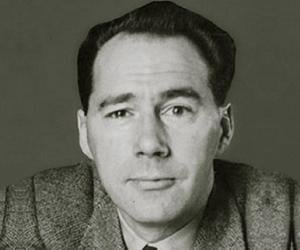
John Wyndham was an English writer best remembered for writing science fiction stories set in post-apocalyptic landscapes, such as The Day of the Triffids. His books have inspired other works of art like movies and radio. John Wyndham’s 1957 science fiction novel The Midwich Cuckoos was filmed twice under the title Village of the Damned.
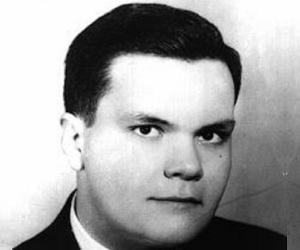
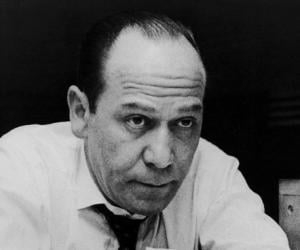
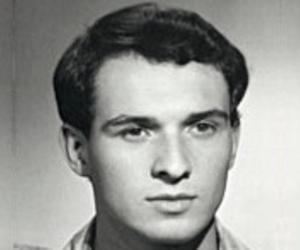
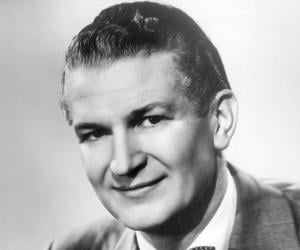
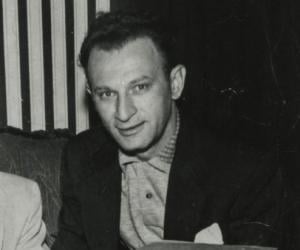
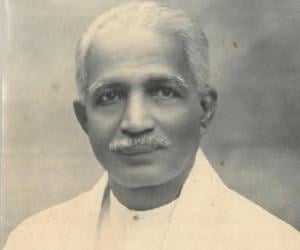
C. W. W. Kannangara was a Sri Lankan politician and lawyer. He played an important role in the Sri Lankan independence movement, a peaceful political movement aimed at achieving freedom from the British Empire. As a lawyer, C. W. W. Kannangara defended many political prisoners during the Riots of 1915 and later served as the President of Ceylon National Congress.
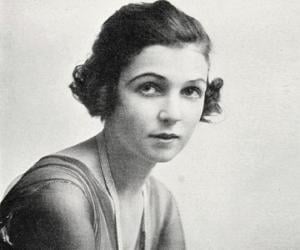
Once accused of being anti-Christian, Australian artist and Art Nouveau veteran Norman Lindsay is remembered for his controversial cartoons and drawings, mostly erotic or politically charged. Some of his works were once burned for being pornographic. He also experimented with sculpture and was an amateur boxer, too.


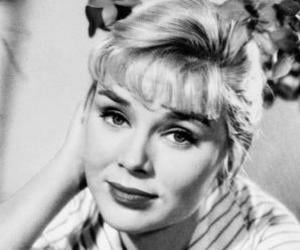
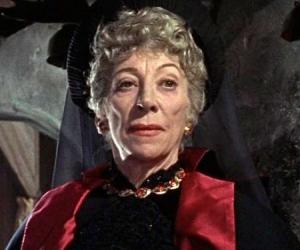
Iskander Mirza was a Pakistani civil servant and general who served as the first president of Pakistan. Mirza played an important role in the newly-created Pakistan in 1974. After the Partition of India, Mirza served as the first Defence Secretary and oversaw the military efforts during the Indo-Pakistani War of 1947–1948.
